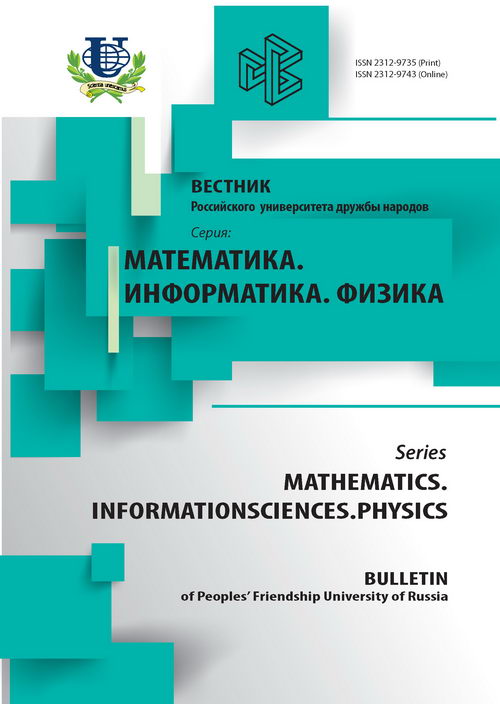Comparative Analysis of Spectral-Photometric Characteristics of Domestics Sources of Light
- Authors: Vasileska I1, Korneeva MA1, Stepin VP1
-
Affiliations:
- Peoples’ Friendship University of Russia
- Issue: No 1 (2016)
- Pages: 91-98
- Section: Articles
- URL: https://journals.rudn.ru/miph/article/view/8620
- ID: 8620
Cite item
Full Text
Abstract
Correct organization of artificial lighting is very important for creation comfortable living conditions in work places with significant eyestrain, as well as solving the problem of energy efficiency. The purpose of this study is to conduct a comprehensive experimental study of spectral, photometric and electrical characteristics of domestic light sources. Were identified the most and least energy-efficient different light sources in specific circumstances, as well as verification their conformity with the characteristics of the standards SanPiN. In this work were studied incandescent lamps, metal halide, LED, fluorescent and compact fluorescent lamps. According to the results of direct measurements were determined: the directional patterns, the luminous fluxes and energy efficient classes of domestics light sources. All experimental resultants have been summarized in a single table which allows comparing the characteristics of the studied domestic light sources. It was founded that measured values for some of the light sources differ from those stated by the manufacturer, which was noted in compact fluorescent lamps. Analysis of the results allowed us to determine the feasibility of the specific light sources. The results will be useful for the specialists and manufacturers in lighting technology, as well as ordinary users.
About the authors
I Vasileska
Peoples’ Friendship University of Russia
Email: ivonavasileska@yahoo.com
Department of Applied Physics
M A Korneeva
Peoples’ Friendship University of Russia
Email: korneevama@mail.ru
Department of Applied Physics
V P Stepin
Peoples’ Friendship University of Russia
Email: vjacheslav-_stepin@rambler.ru
Department of Applied Physics
References
Supplementary files















